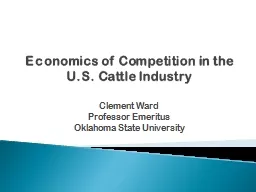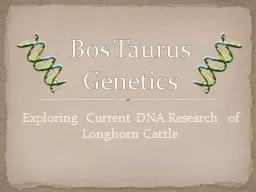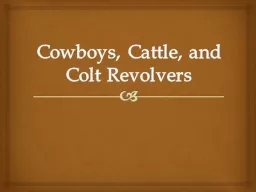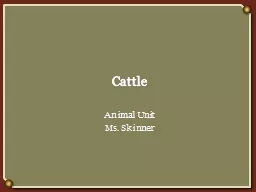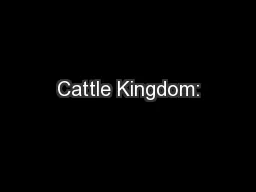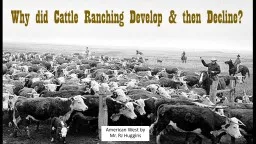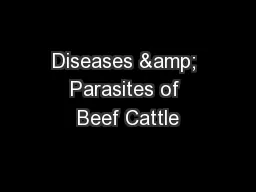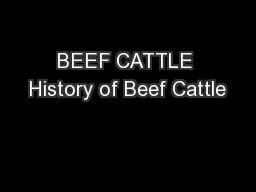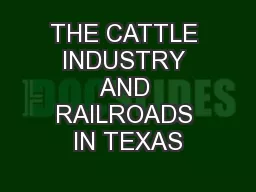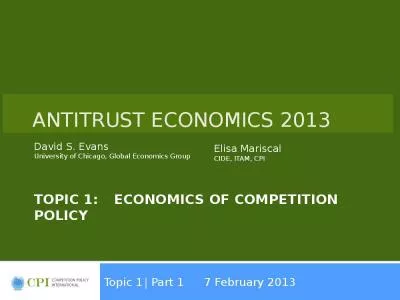PPT-Economics of Competition in the U.S. Cattle Industry
Author : liane-varnes | Published Date : 2016-05-05
Clement Ward Professor Emeritus Oklahoma State University Put beefpacking concentration and competition issues in historical perspective Highlight major market
Presentation Embed Code
Download Presentation
Download Presentation The PPT/PDF document "Economics of Competition in the U.S. Cat..." is the property of its rightful owner. Permission is granted to download and print the materials on this website for personal, non-commercial use only, and to display it on your personal computer provided you do not modify the materials and that you retain all copyright notices contained in the materials. By downloading content from our website, you accept the terms of this agreement.
Economics of Competition in the U.S. Cattle Industry: Transcript
Download Rules Of Document
"Economics of Competition in the U.S. Cattle Industry"The content belongs to its owner. You may download and print it for personal use, without modification, and keep all copyright notices. By downloading, you agree to these terms.
Related Documents

